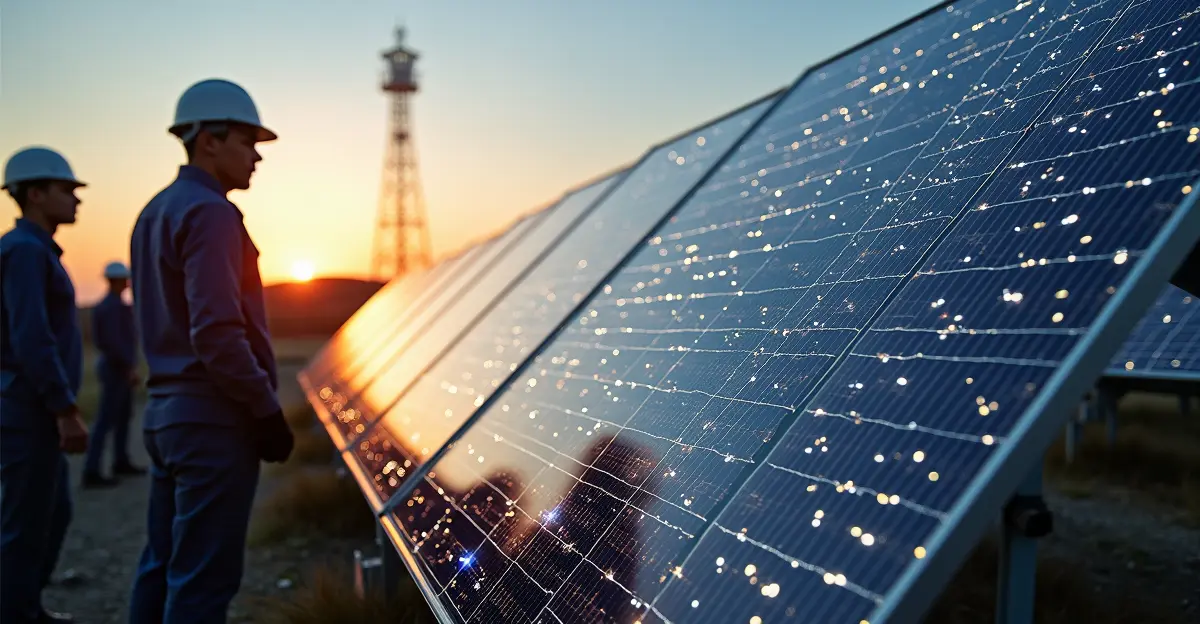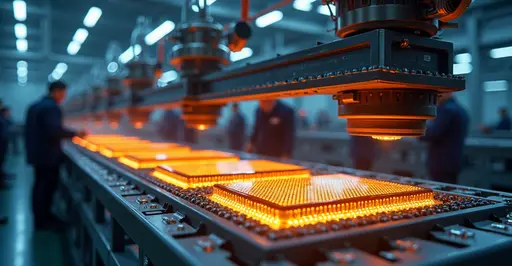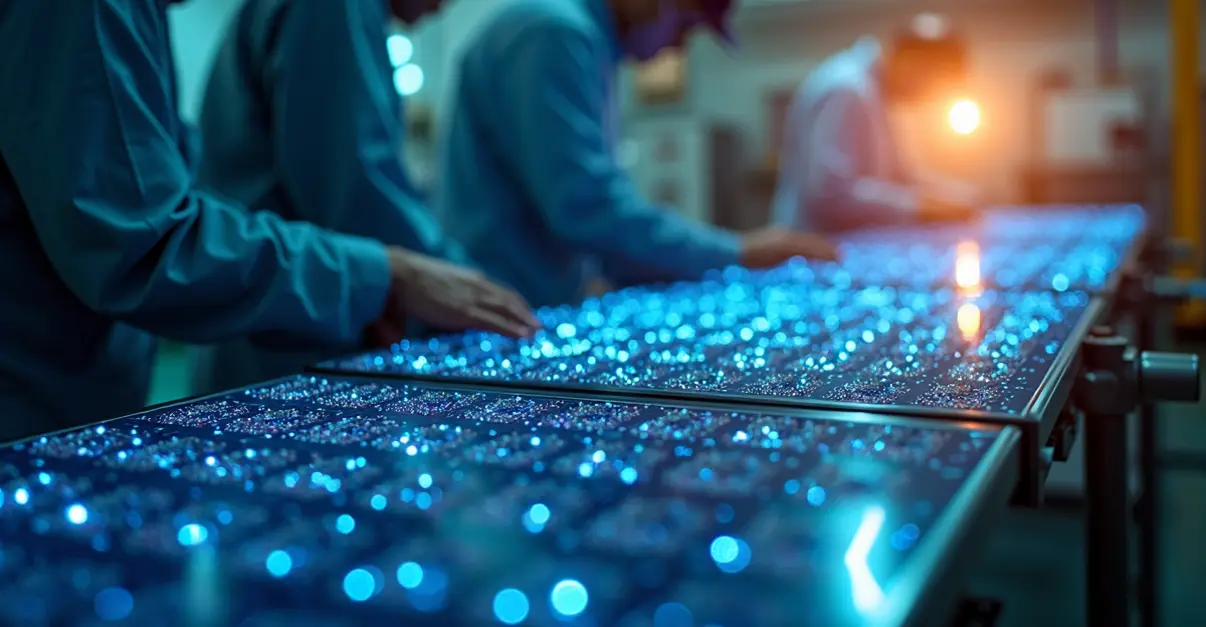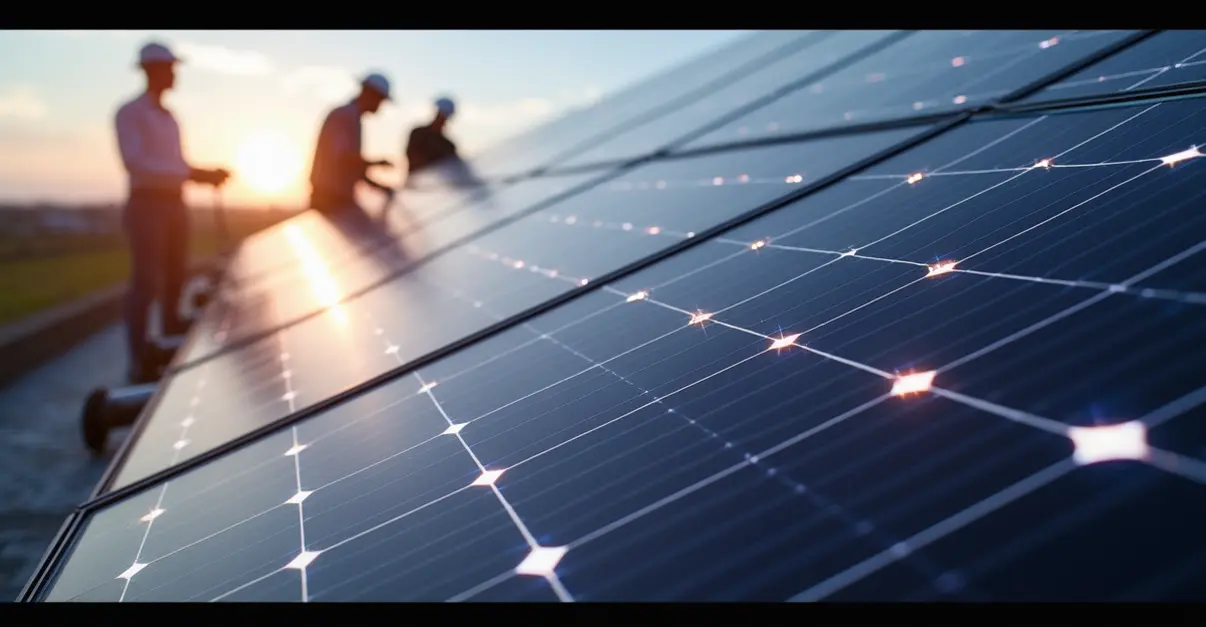Perovskite solar technology advances toward commercialization with durability certification breakthroughs, manufacturing scale-up, and pilot arrays demonstrating industrial viability. Companies achieve IEC standards, target gigawatt production by 2030, and project $12 billion market by 2035.

Perovskite Solar Technology Reaches Commercialization Milestone
Perovskite solar technology is making significant strides toward commercial viability as manufacturers overcome historical durability concerns that have long hindered market adoption. Recent trials and pilot arrays demonstrate that what was once considered a laboratory curiosity is now approaching industrial-scale production.
Durability Certification Breakthroughs
Australian scientists have developed a breakthrough method enabling perovskite solar cells to meet IEC 61215 testing requirements for the first time, overcoming their historical instability issues. The researchers used a low-cost polymer-glass stack with a pressure-tight seal to suppress perovskite outgassing - the process where cells release gas and decompose when exposed to outdoor weather conditions. This innovation allowed the perovskite cells to survive more than 1800 hours of damp heat testing and 75 cycles of humidity freeze testing, exceeding IEC standards, according to the research team.
As noted in a recent Nature Energy perspective article, durability research is crucial for commercializing perovskite photovoltaics. The authors recommend a durability learning cycle that integrates photovoltaic module engineering with field testing, accelerated testing, and preconditioning.
Manufacturing Scale Advances
Three U.S. manufacturers are advancing perovskite-silicon tandem solar technology toward commercialization. Caelux completed its first commercial shipment of Active Glass technology for a utility-scale project, claiming 30% more power density and 20% lower project costs. Swift Solar aims for gigawatt-scale production by 2030 and secured $27 million funding to scale its vapor deposition technology. CubicPV achieved a world-record 24% efficiency for perovskite mini modules with NREL.
A Dutch consortium consisting of Kalpana Systems, HyETSolar, and TNO has launched the Perovision Project to advance commercialization of perovskite solar cells. The project focuses on optimizing nickel oxide layers using spatial Atomic Layer Deposition technology, which enables atomic precision deposition at high throughput. The consortium aims to integrate the technology into HyETSolar's production line by mid-2027, with full-scale production targeted for 2030, according to project leaders.
Pilot Arrays and Industry Momentum
Perovskite Connect 2025, the world's first dedicated perovskite industry tradeshow held in Berlin from October 21-23, 2025, showcased significant advancements in perovskite solar technology. Key discussions focused on scalability, durability, and commercialization pathways. Oxford PV presented an ambitious roadmap targeting 30% module efficiency by 2030 and 35% by 2035, with degradation rates improving from 2% to 0.5% annually.
China's Microquanta, holding 52.2% market share, is optimizing its laminar air dryer design for scalable production and targeting four-terminal tandem designs exceeding 30% efficiency. The event featured over 80 exhibitors and emphasized crucial industry-research collaboration to address manufacturing bottlenecks.
Market Outlook and Economic Impact
According to IDTechEx forecasts, perovskite photovoltaic revenue is projected to reach nearly $12 billion by 2035, indicating growing confidence in the technology's commercial viability despite previous durability skepticism. European revitalization was a major theme at recent industry events, with Solar expert Gunter Erfurt highlighting €18 billion in annual economic losses from imported modules.
While traditional silicon solar panels offer 20-25 year lifetimes, perovskite PV has progressed from stability issues to achieving panel lifetimes over 10 years and steadily approaching the 25-year benchmark. Key advancements include material engineering to address intrinsic degradation through chemical composition modifications that increase ion migration resistance and enhance crystal stability.
The technology offers 10-30% more power, reducing balance-of-system costs and helping projects transition in a changing policy environment, noted industry analysts at recent conferences. All major manufacturers are leveraging manufacturing incentives and seeing strong customer interest despite policy uncertainties.

 Nederlands
Nederlands
 English
English
 Deutsch
Deutsch
 Français
Français
 Español
Español
 Português
Português









